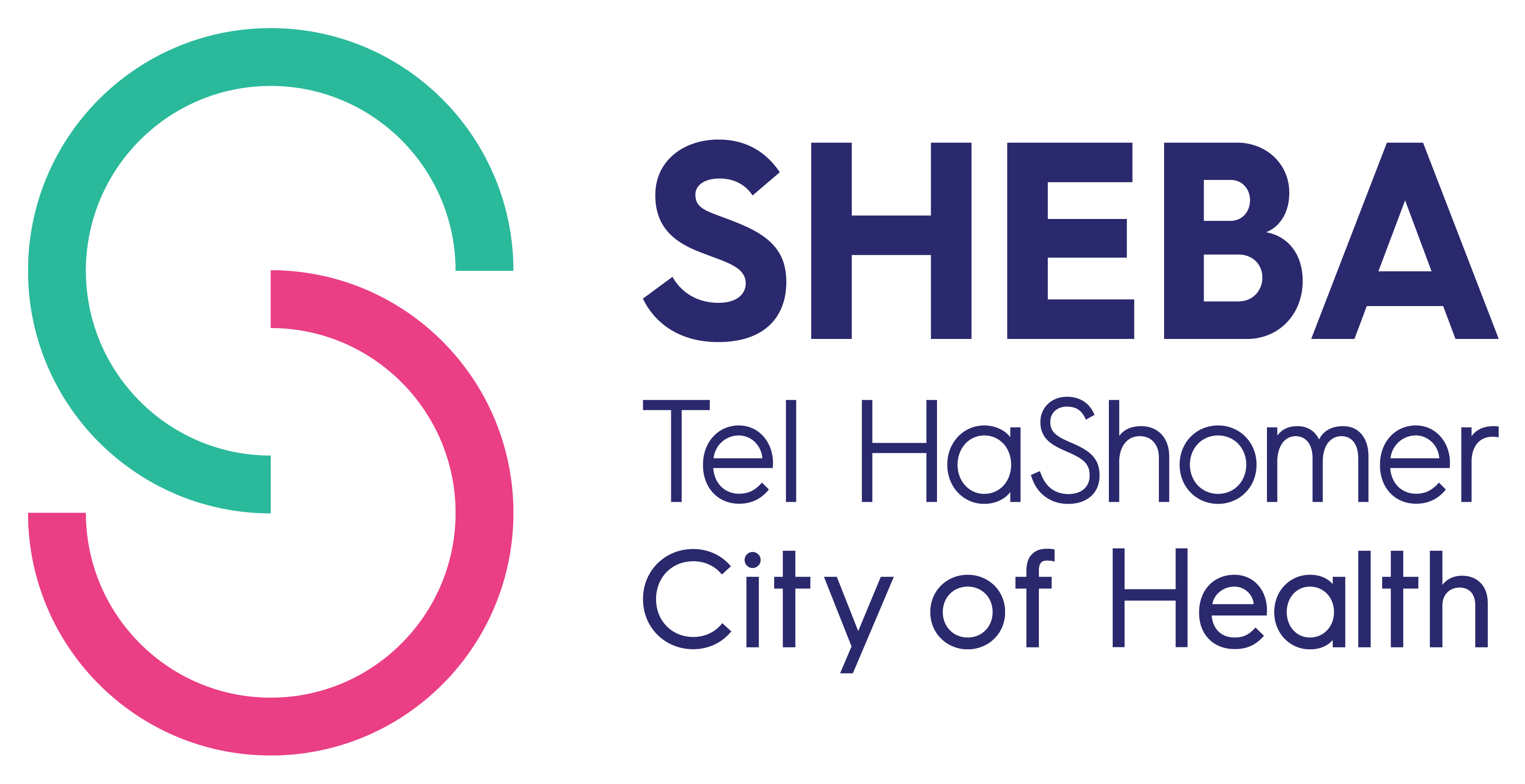Laboratory of Genomic Applications in Surgical Oncology
Hereditary and non-hereditary breast cancer progression and maintenance of genome stability mechanisms.
Breast carcinoma is one of the most common neoplasms in women and is a leading cause of cancer related deaths worldwide. Until recently the dogma of breast cancer development involved a sequential progression from defined clinical and pathological stages starting with atypical ductal hyperplasia (ADH), progressing to in situ ductal carcinoma (DCIS), then invasive ductal carcinomas (IDC) and culminating in metastatic Disease.
Utilizing high throughput molecular profiling techniques, the simplicity of that model is being challenged and it has been suggested that low grade DCIS will develop into low grade IDC while high grade DCIS will develop into aggressive IDC. Due to improved diagnostic tools, there are increased number of patients diagnosed with pre-invasive breast lesions. Although only 30% of pre-malignant lesions identified progress into invasive tumors, all diagnosed women are subjected to similar aggressive treatment of radiation therapy and adjuvant hormonal therapy.
Our research focuses on the identification of genetic and epigenetic molecular markers that can distinguish between potentially aggressive to non-aggressive DCIS tumors.
Hereditary breast cancer is the most common hereditary cancer syndrome in Israel. Two genes are associated with hereditary breast cancer, BRCA1 and BRCA2. Mutations in these genes predispose women to early onset breast and ovarian cancer. While human genetics makes it clear that these genes function as tumor suppressors, it is still unclear how these proteins function. The research in our lab focuses on gaining mechanistic insights into the multiple cellular roles of BRCA1 in guarding the genome and suppressing cancer development.
We found that BRCA1 is required for G2/M cell cycle checkpoint arrest in order to prevent unscheduled mitotic entry following DNA damage. As BRCA1 is an E3 ubiquitin ligase we are actively pursuing studies how BRCA1 ubiquitin ligase enzymatic activity is related to its role in cell cycle checkpoint control and maintenance of genomic stability. Current work also addresses the mechanisms of chromatin structure regulation in the context of the DNA damage response.
On-going research projects also include the investigation of micronutrients as vitamin A and D and their nuclear receptors in the prevention and treatment of human cancers. Both vitamin A and vitamin D trigger growth inhibition and differentiation of tumor cells. Their mechanism of action through transcriptional and chromatin structure regulation and their interaction with tumor suppressors including BRCA1 is being studied with the overall objective of developing new preventive and therapeutic strategies for cancer patients.
Laboratory Head: Ronit Yarden, Ph.D
WebSite of Laboratory of Genomic Applications in Surgical Oncology









